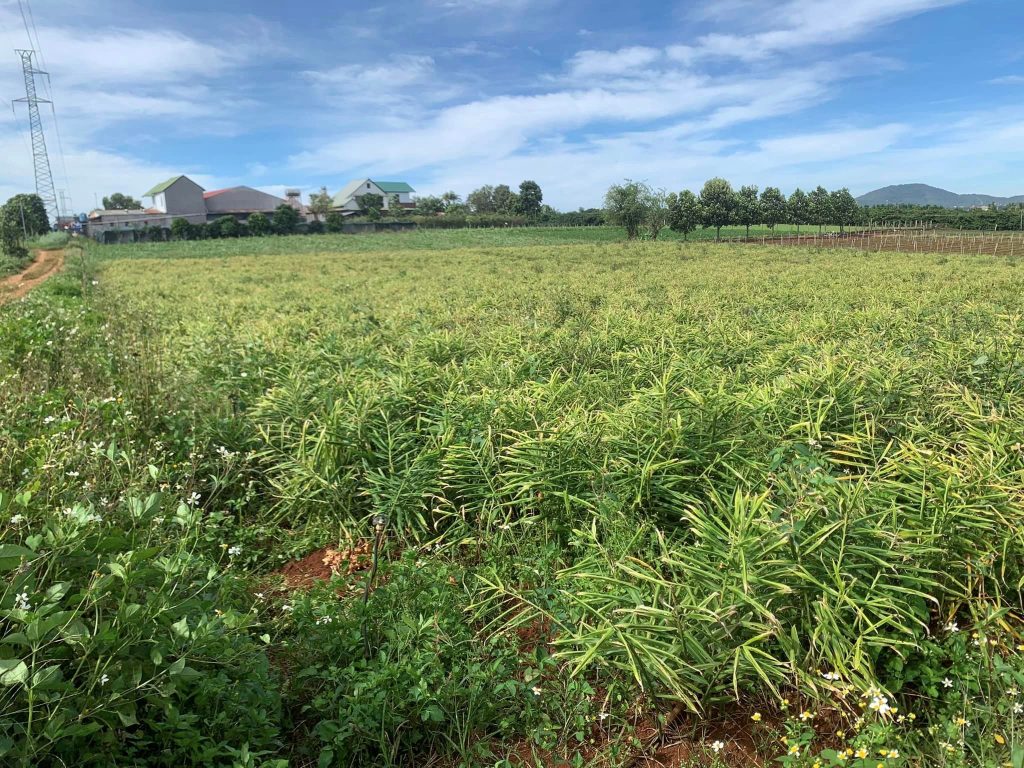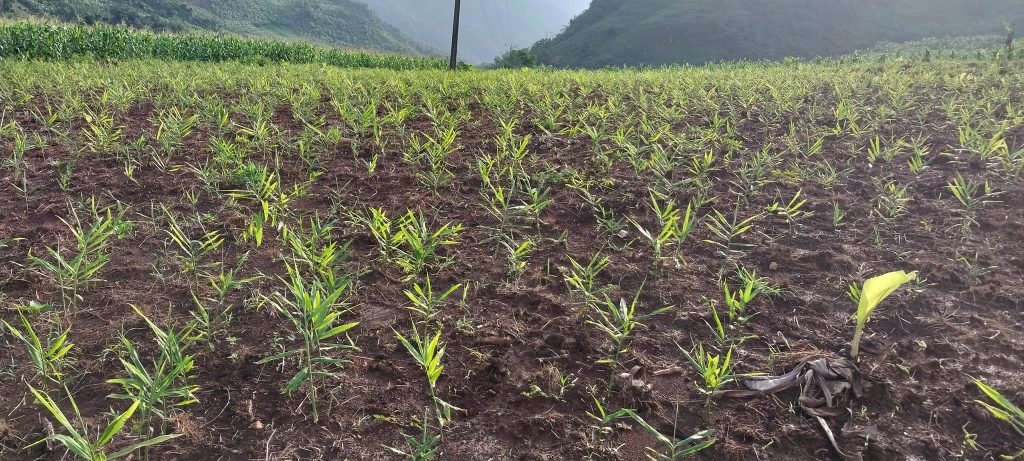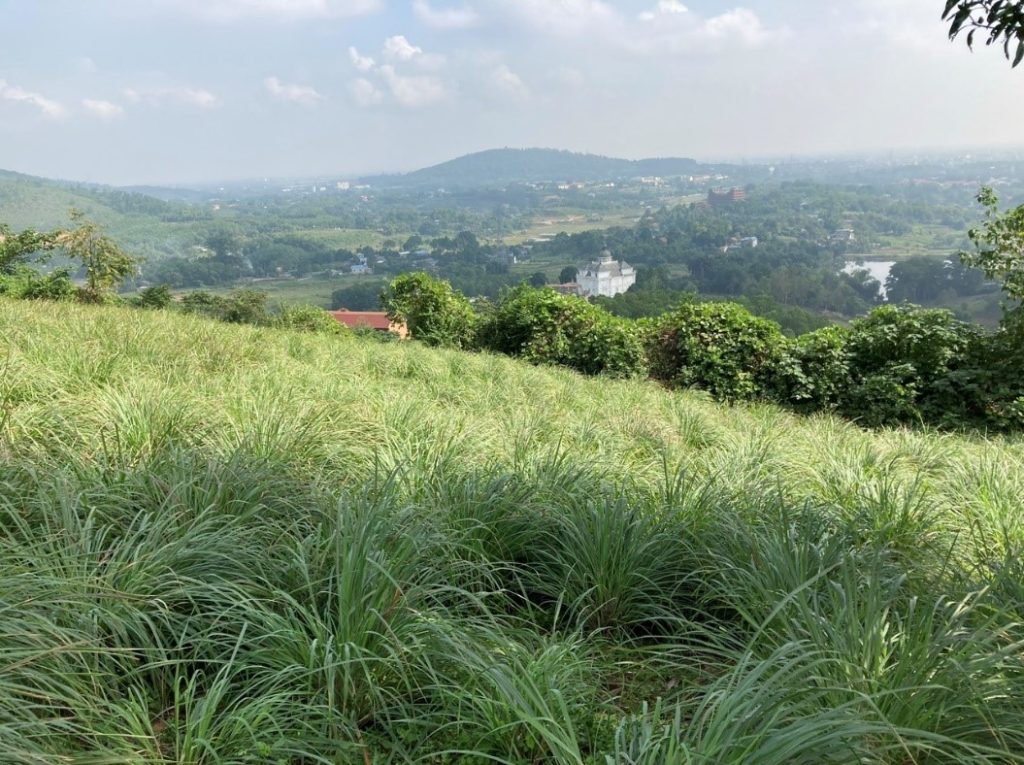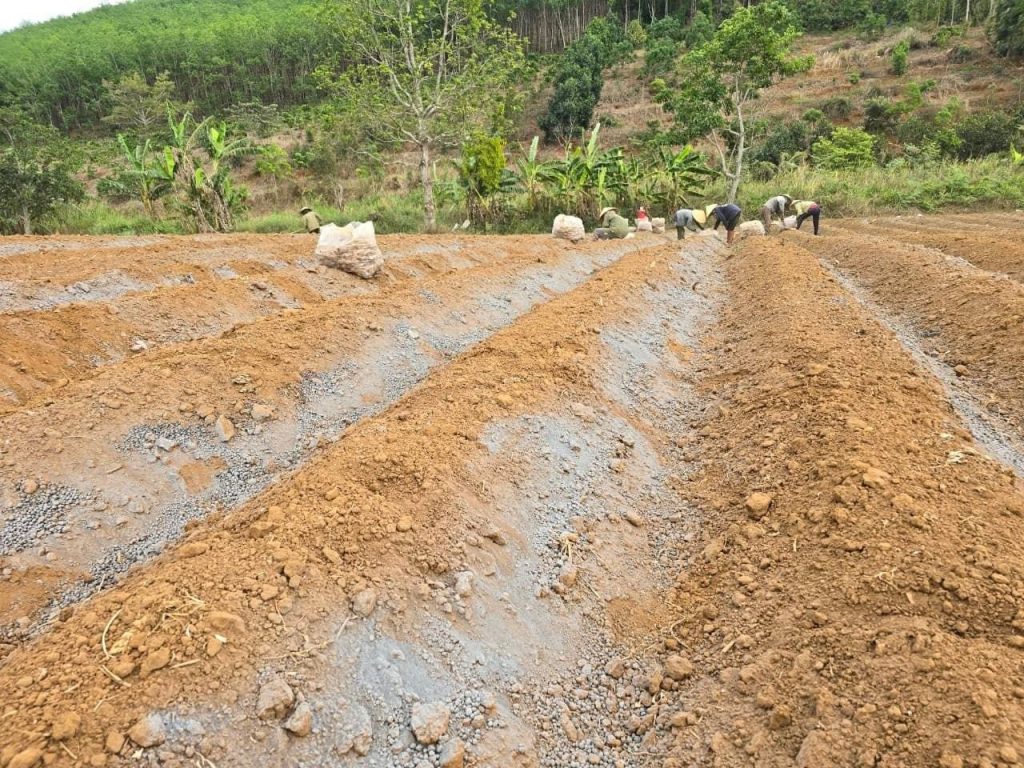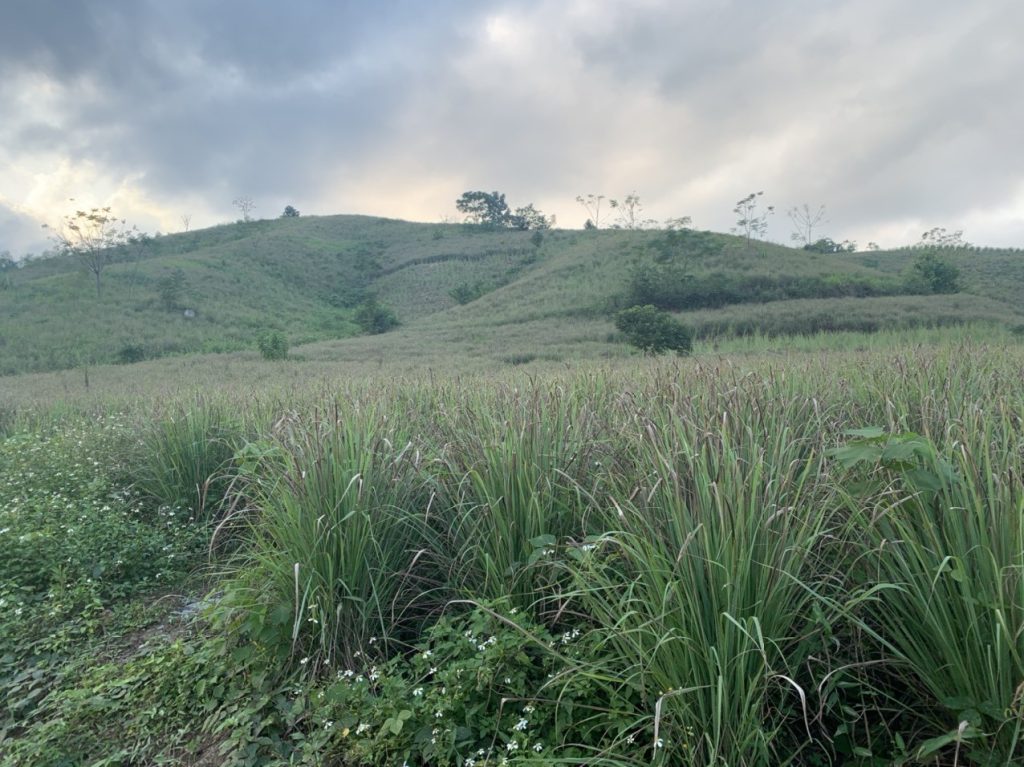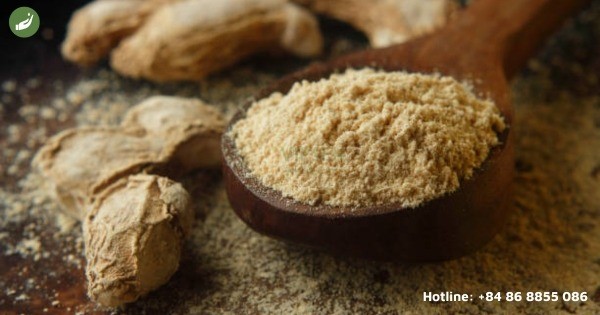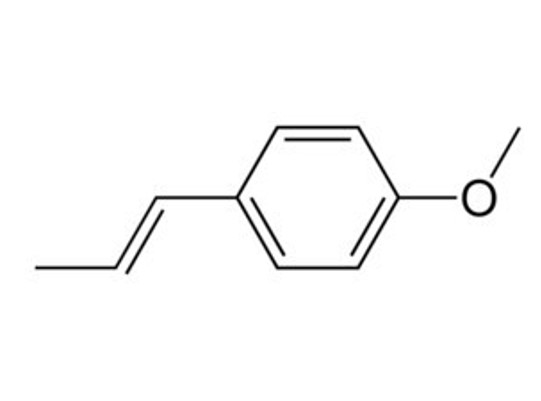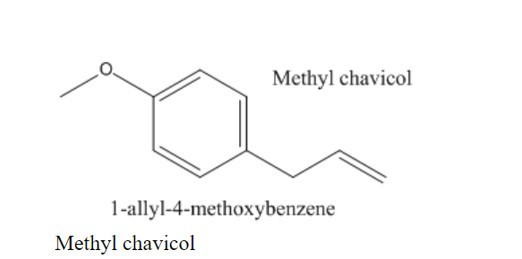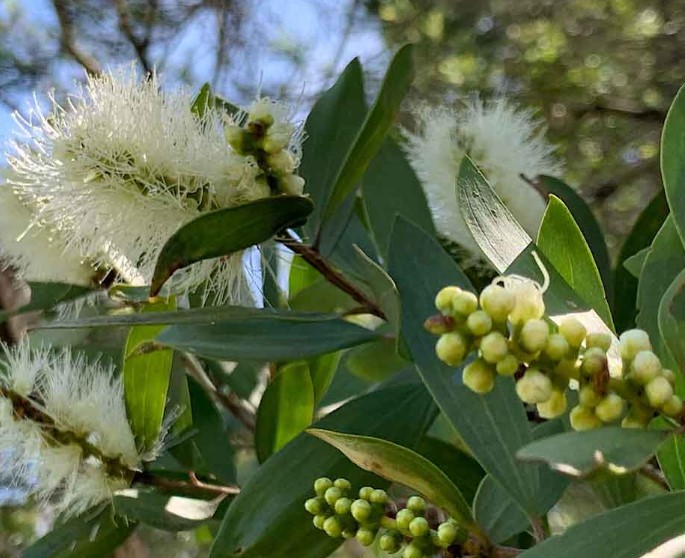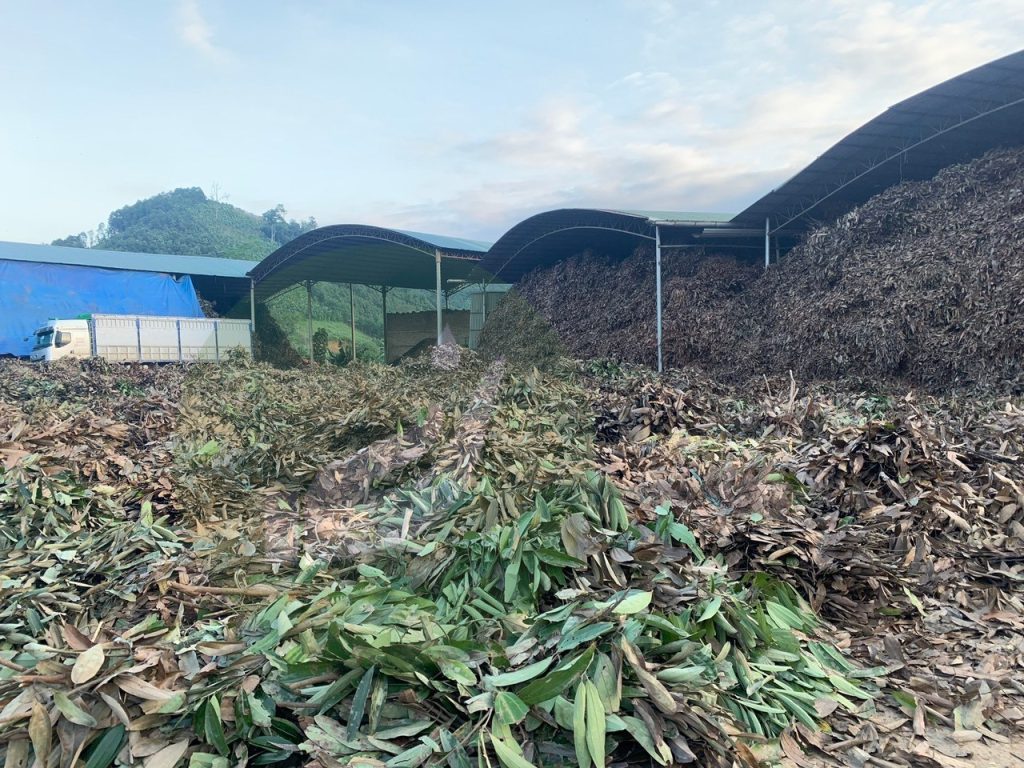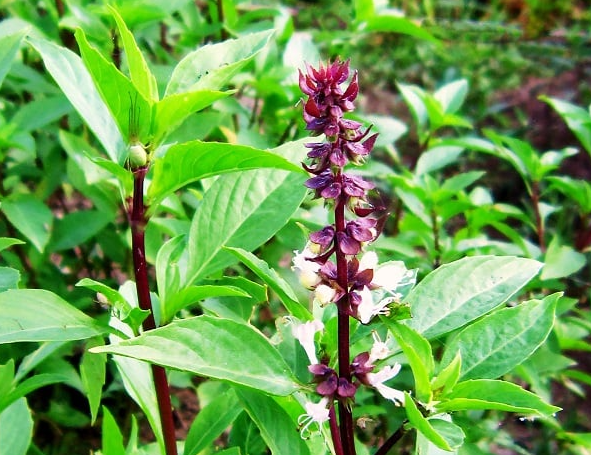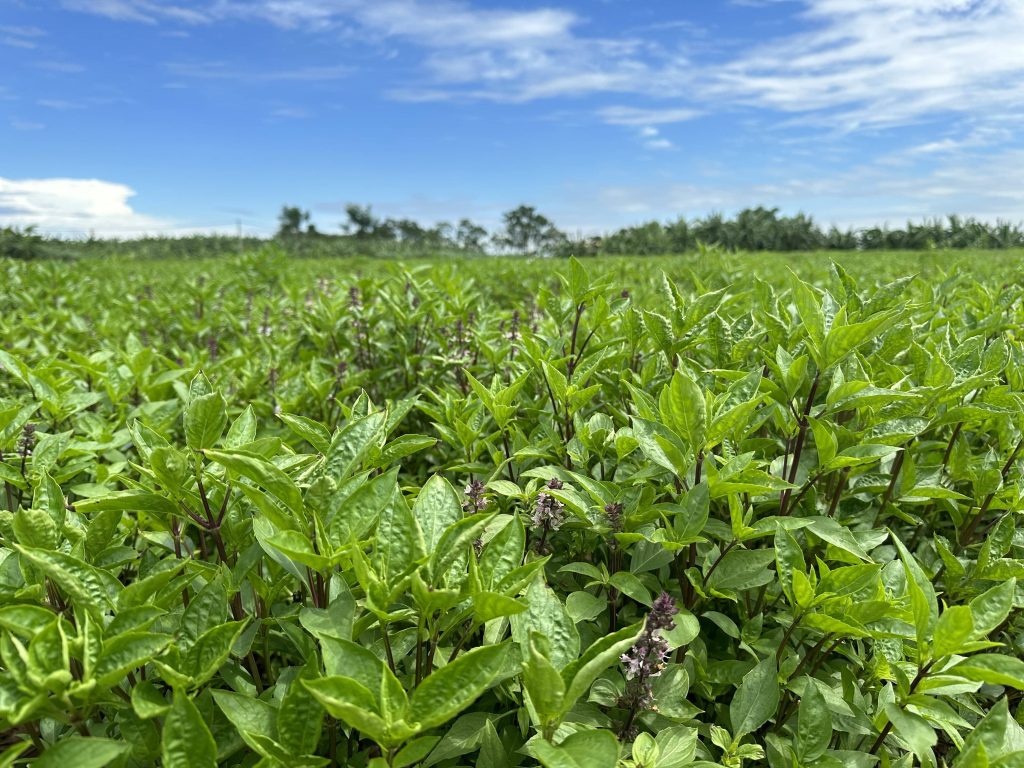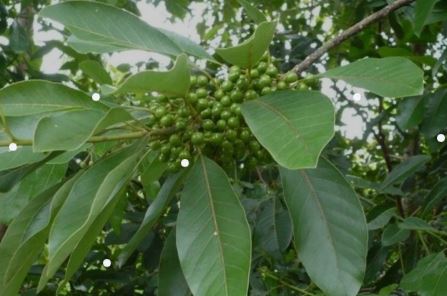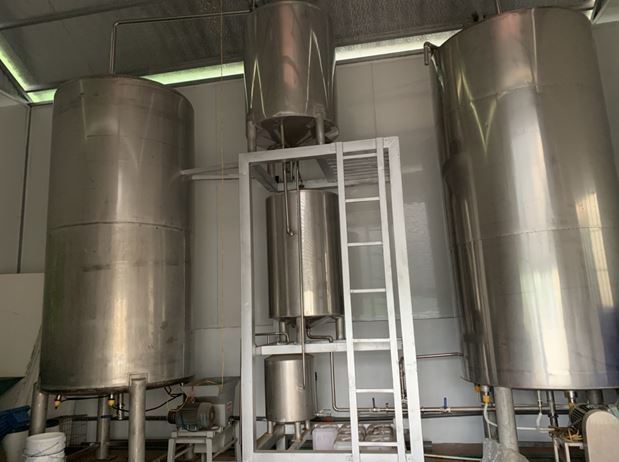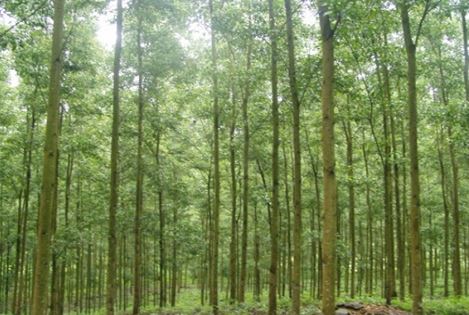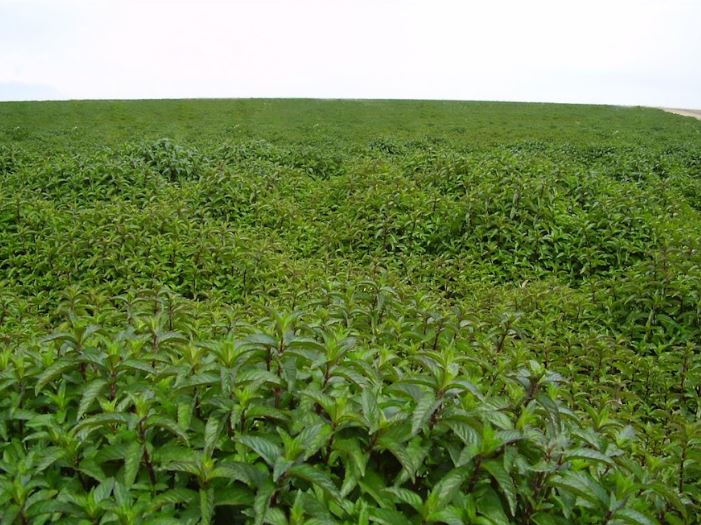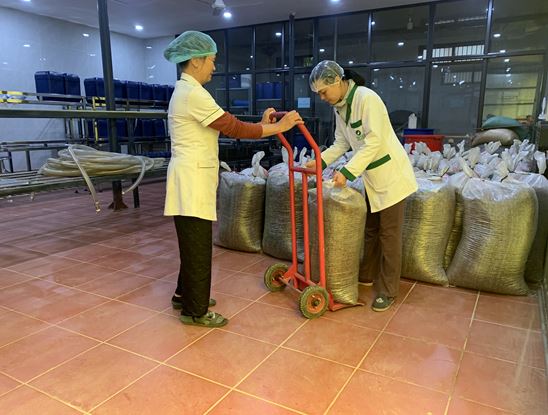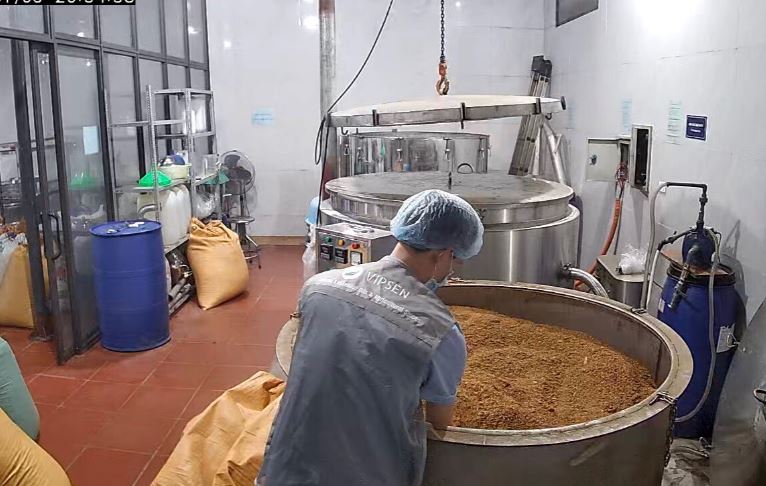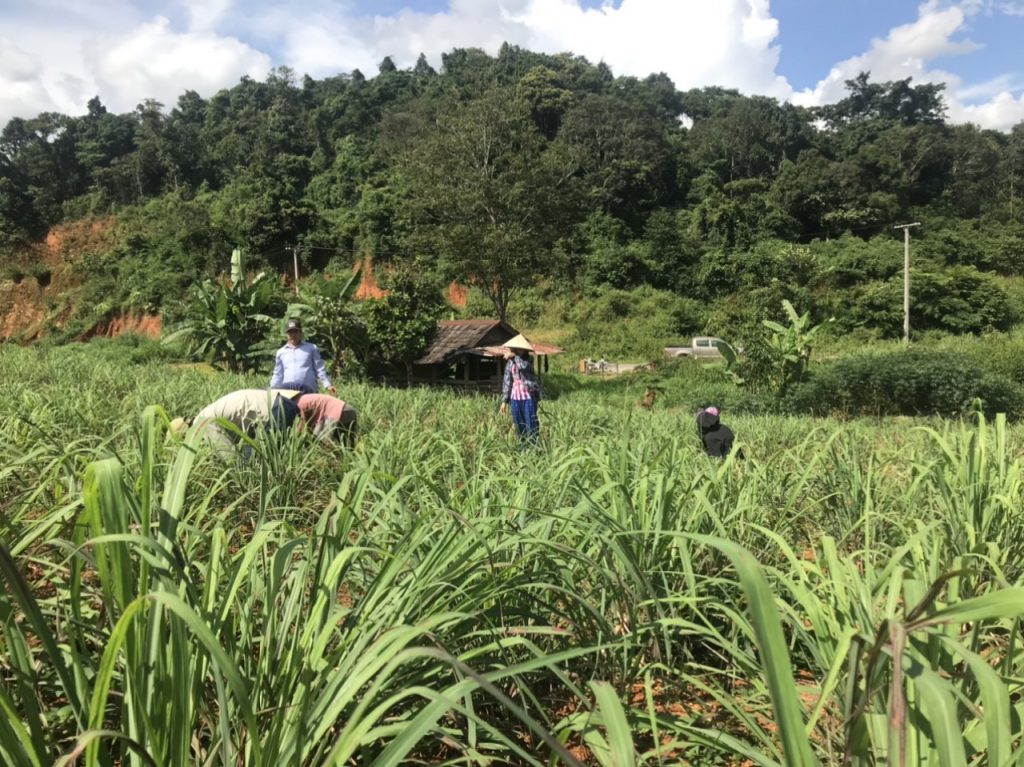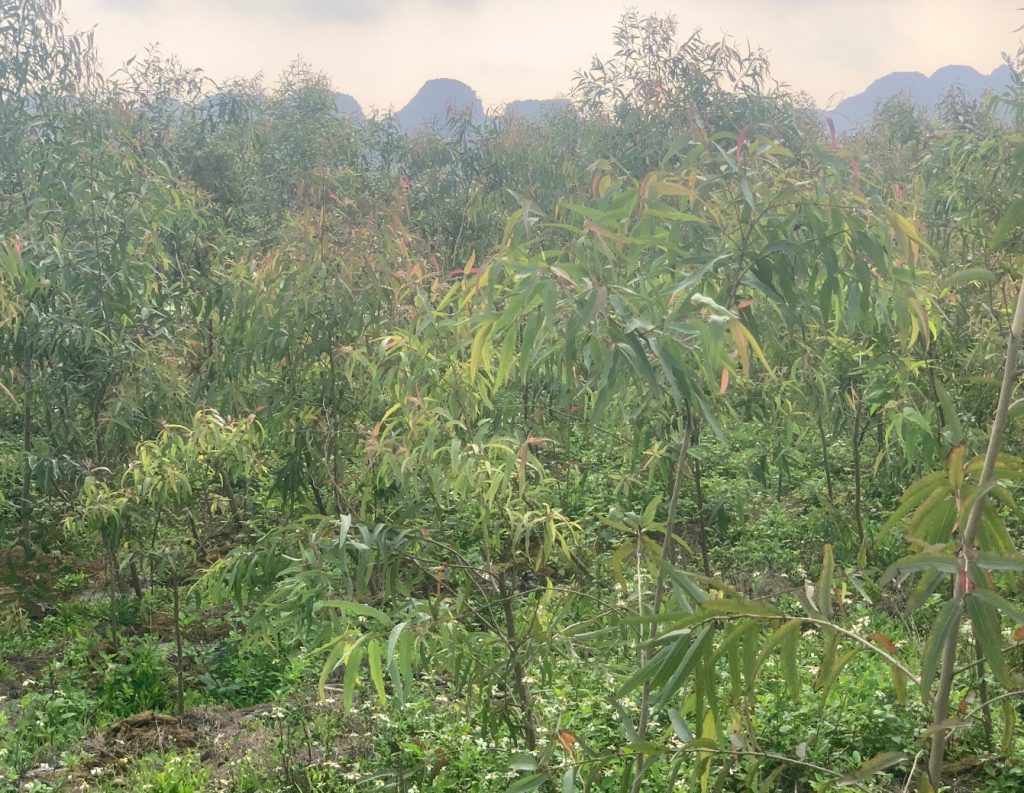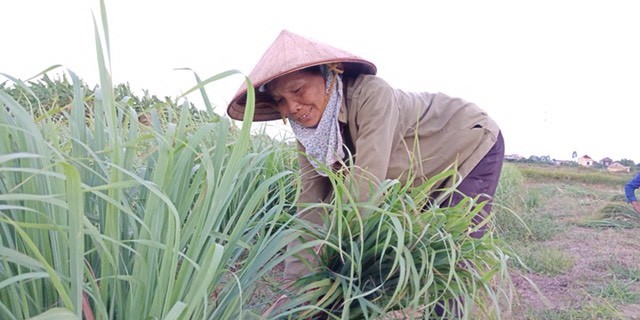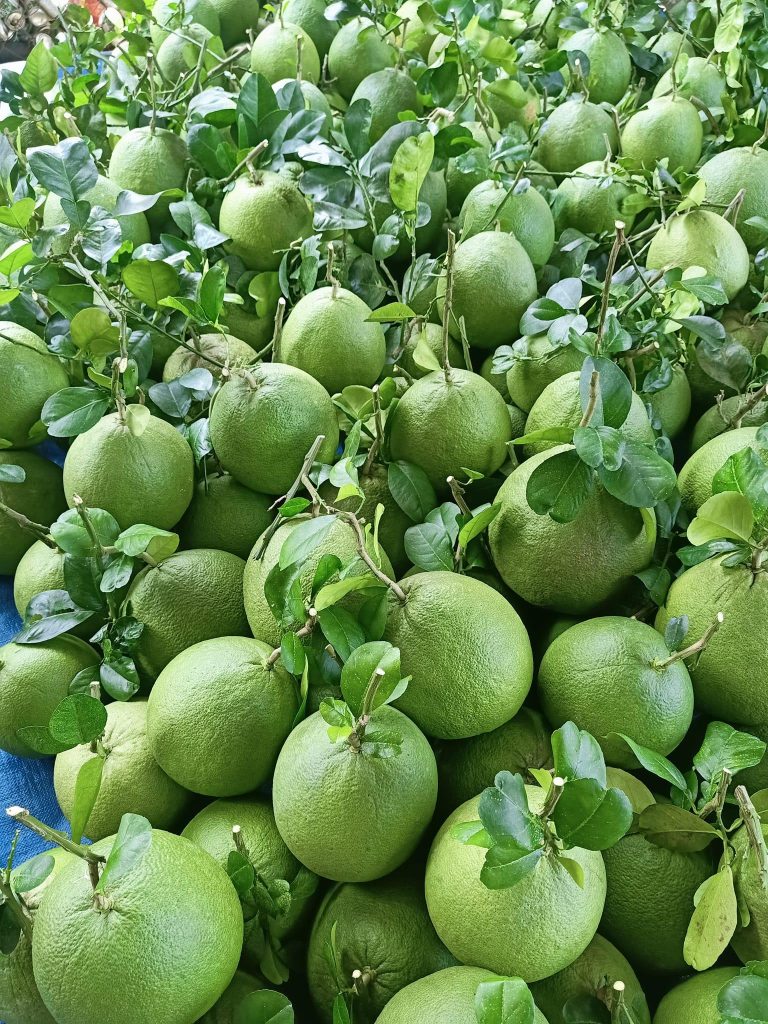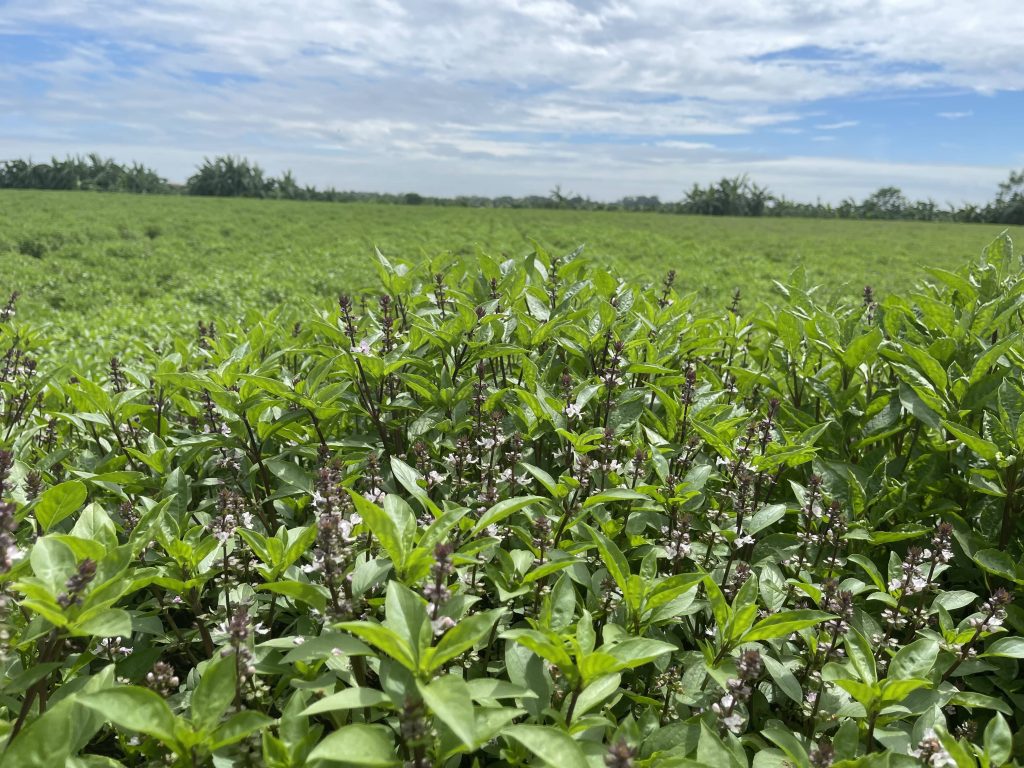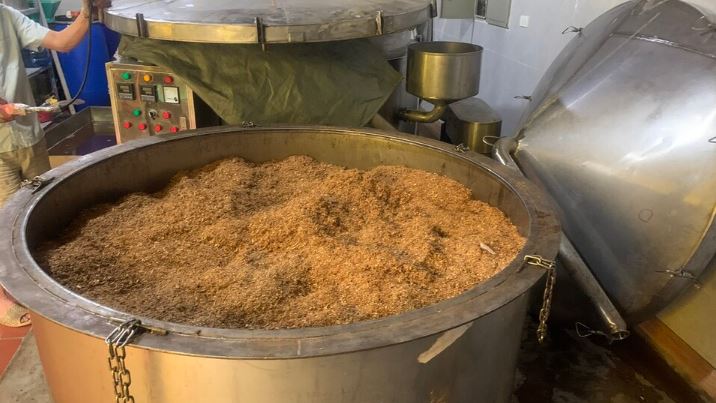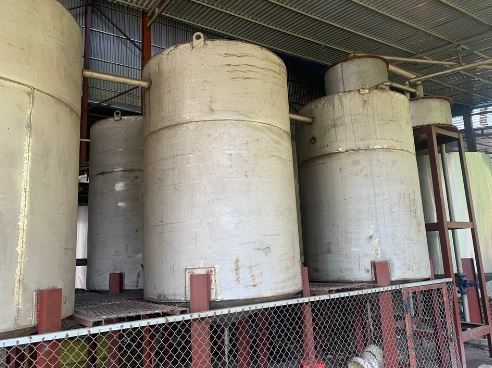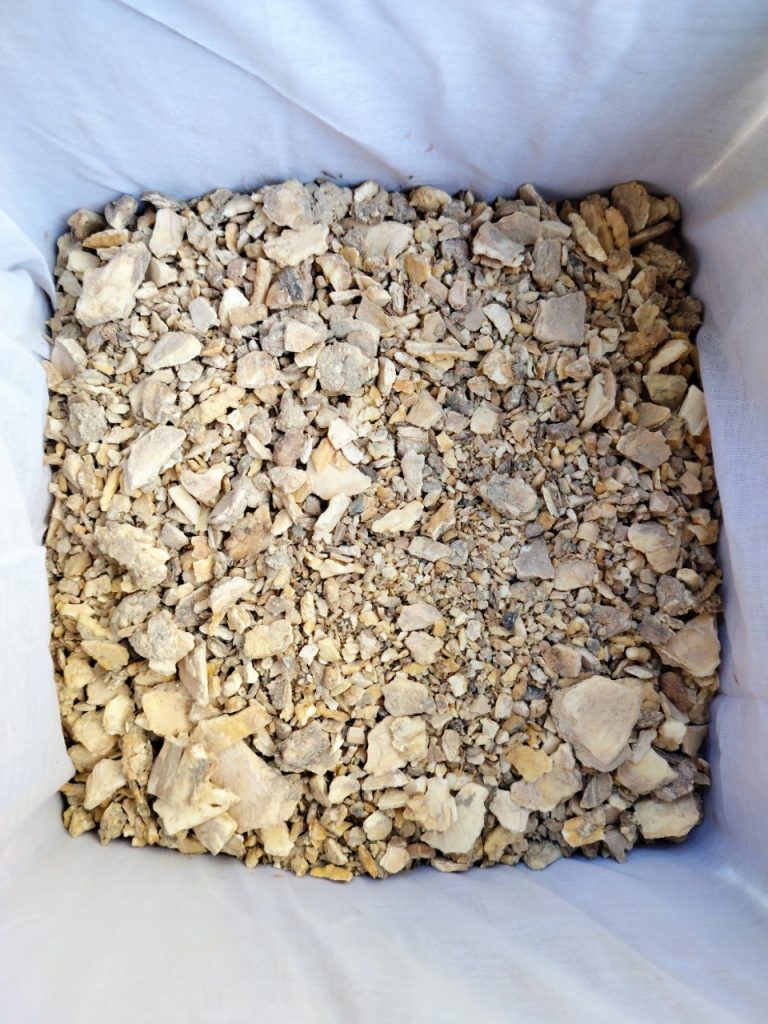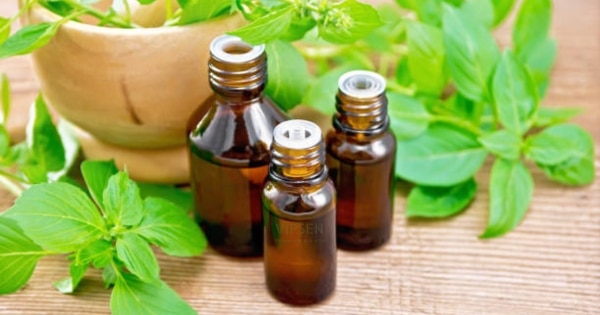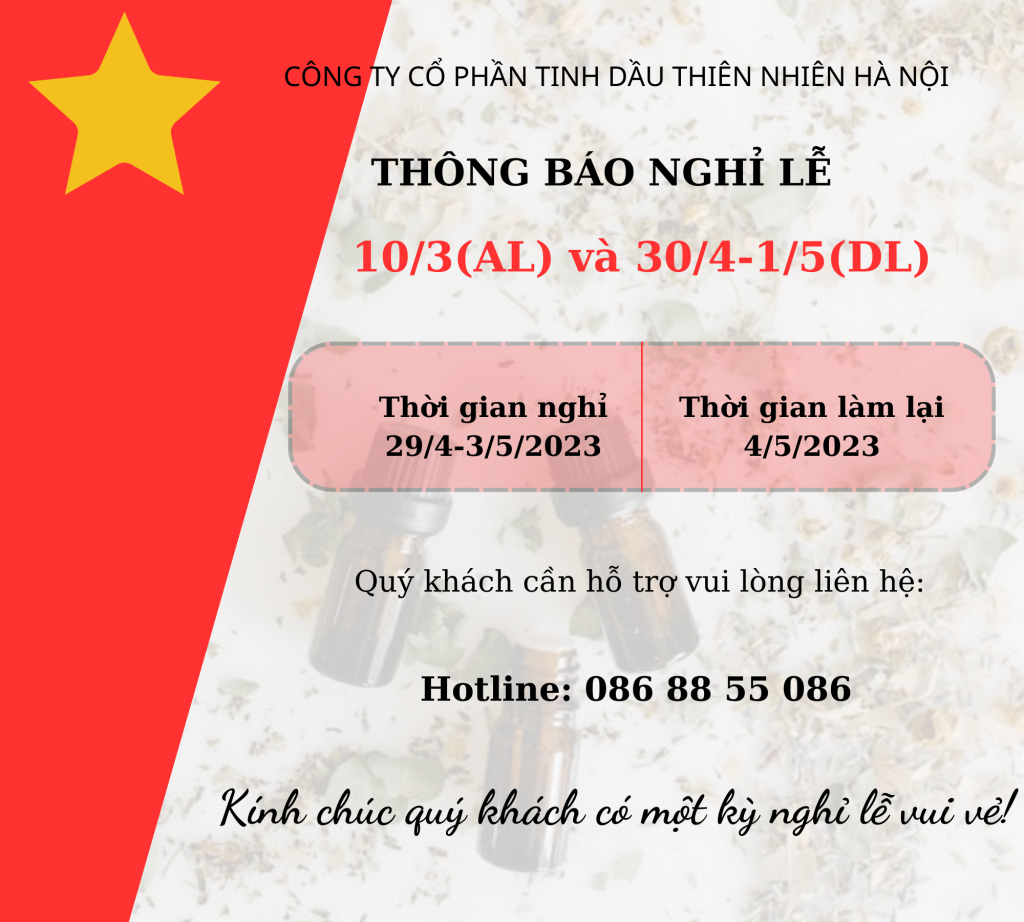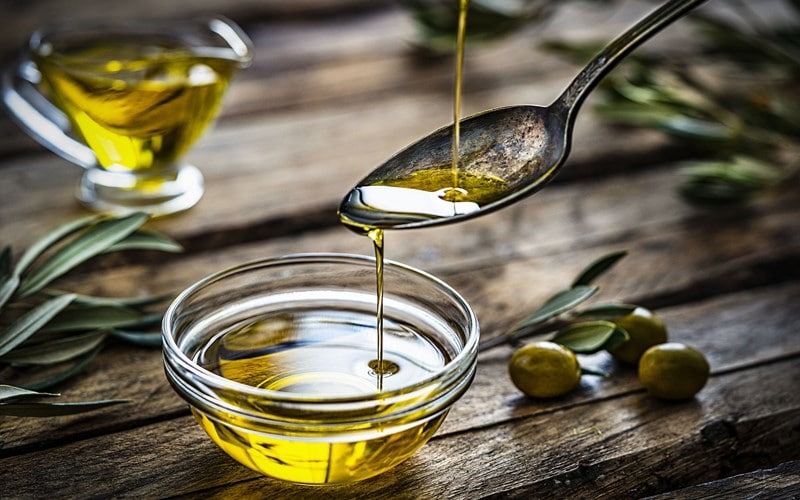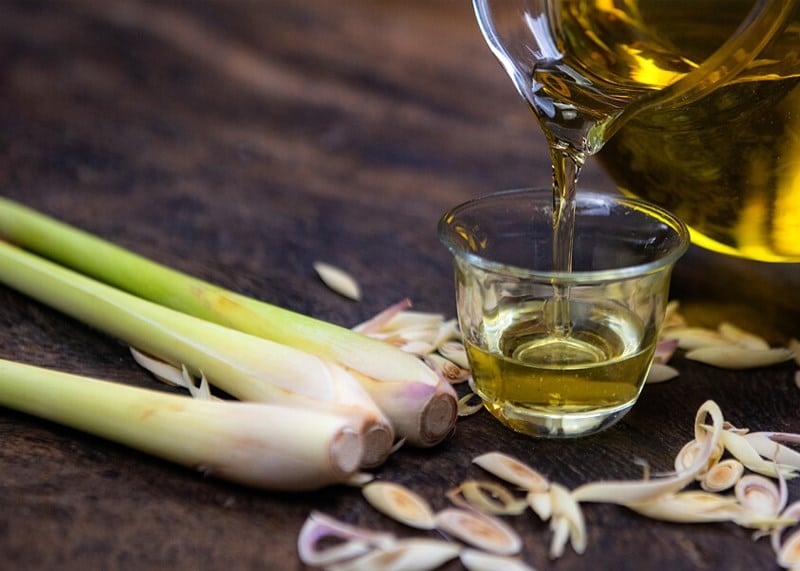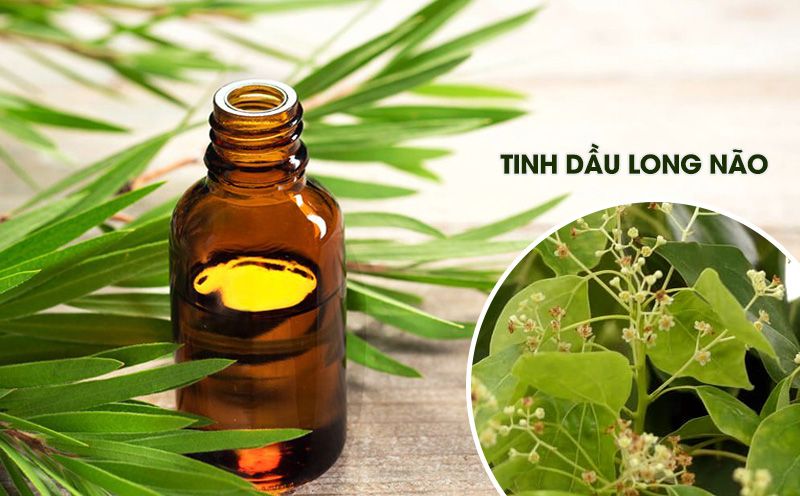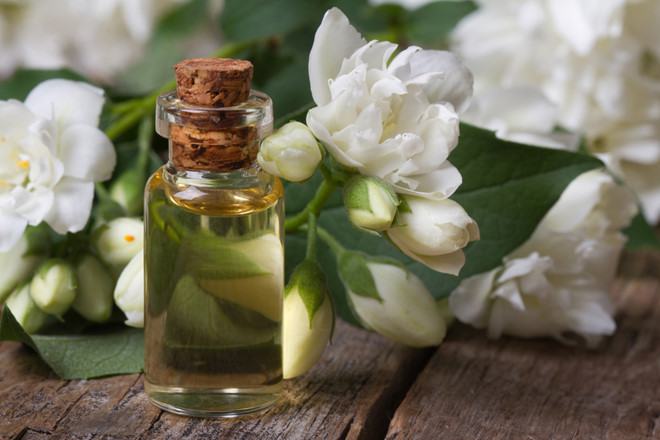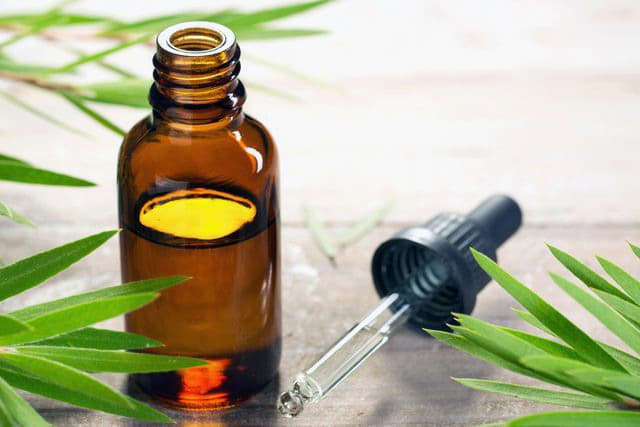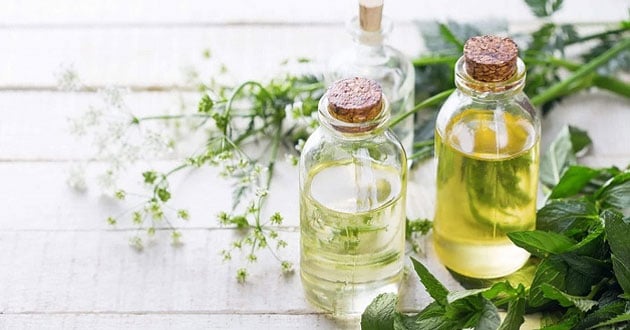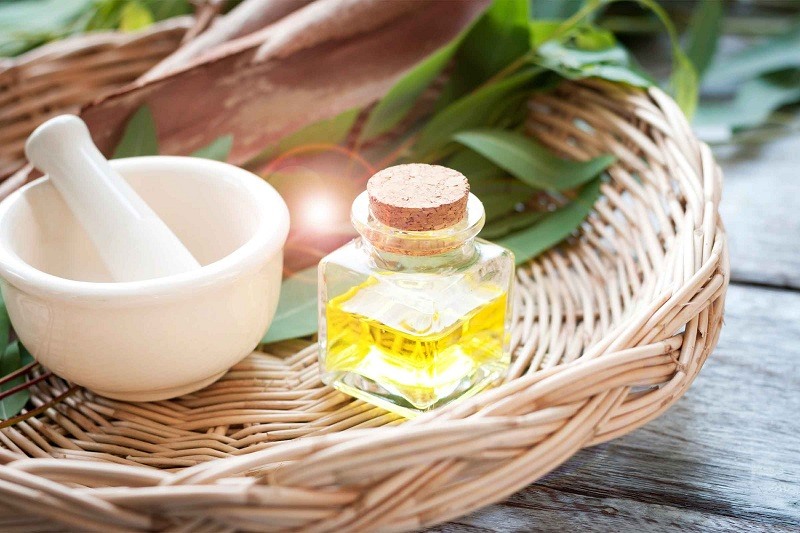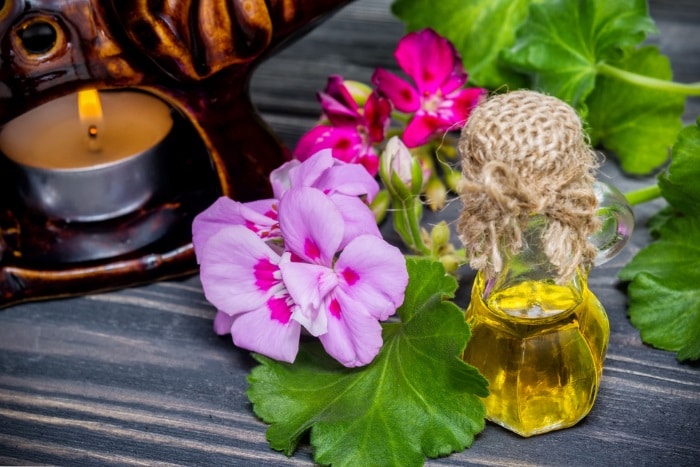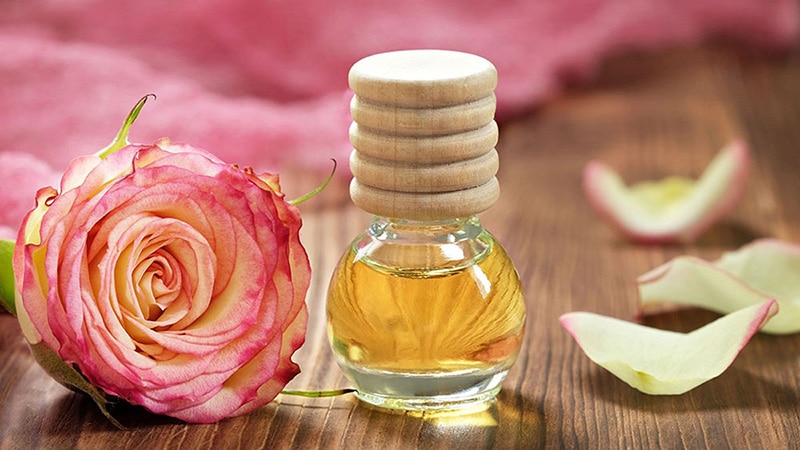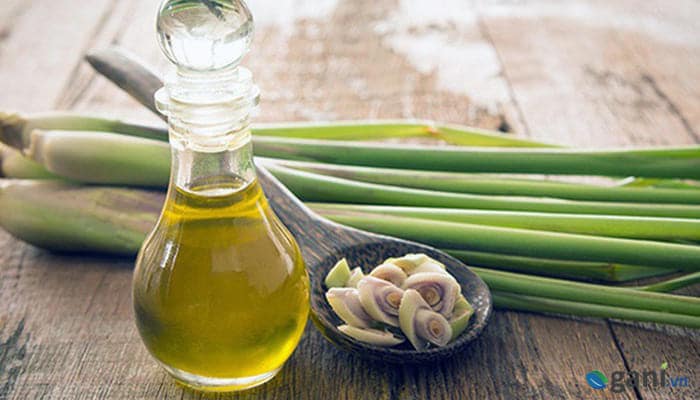

Vietnamese tea tree essential oil, α-Terpineol from 35%, widely used in cosmetics and medicine


1. Vietnamese tea tree.
1.1 Origin of tea tree.
Tea Tree has the scientific name (Melaleuca alternifolia, the tree originates from the northeast coast of New South Wales and a little in Atherton, Queensland, Australia. In Australia, tea tree was first described by Joseph Maiden and Ernst Betche in 1905, at that time calling it Melaleuca linariifolia, then Edwin Cheel renamed it Melaleuca alternifolia in 1925.
Tea tree is mainly grown to produce essential oils rich in terpinen-4-ol. Before 2006, it was considered a state secret plant of Australia.
Currently, 97% of the country’s commercial essential oils are produced from Tea Tree growing areas in the northern coastal regions of New South Wales and Atherton of Queensland. Australia is also a country with a history of producing tea tree essential oil for more than 60 years, with many research projects on improving varieties of this plant. In addition, Tea tree is also a species that can produce essential oils rich in 1,8-cineole, some plants even have a 1,8-cineole ratio higher than 75%.

1.2 Characteristics of Vietnamese tea tree.
Vietnamese Tea tree has the scientific name Melaleuca alternifolia, a flowering plant in the Myrtaceae family. Tea tree plants are suitable for moist soils, lots of sunlight and tropical monsoon climates like Vietnam.
The tea tree tree has a height of up to 5-7m. The leaves are dark green or gray, alternate, ovate or lanceolate, 1 – 25 cm long and 0.5 – 7 cm wide. The flowers of the tea tree have many colors: white, pink, pale yellow, light green and grow in thick clusters along the stem, each flower has small petals and a cluster of dense stamens. The fruit is small containing many small seeds.
With the characteristics of being resistant to alum soils, the tree is not tall and has a beautiful canopy, so tea tree are very suitable for growing in vacant lands, roadsides, parks, and along residential areas and clusters.
The outstanding feature of tea tree is that after 1-2 years of planting, the leaves can be harvested for the first time at a height of 1.5 m. After that, the tree can be harvested annually for more than 20 years, so it is an effective tree species with high and stable economy. Depending on care, from the 3rd year onwards the yield will be 3-4 times higher than in previous years.
Tea tree is one of the groups of trees that are rarely attacked by pests. They have the ability to retain nutrients for the soil, prevent erosion, create green, clean, beautiful landscapes, protect the living environment and stand firm during storms.
Tea Tree essential oil has quite high economic value in the world’s cosmetic and medicinal markets. Tea tree adapts quite well to highland, fallow and alum contaminated areas.
1.3 Tea tree raw material area
Tea tree was imported into Vietnam by the Institute of Medicinal Materials in the mid-1980s. Currently, Tea Tree is widely grown in the provinces of Ba Vi (Hanoi), Quang Binh, and Long An.
This is a plant with good growth and rich development potential to produce high-value essential oils. Therefore, many local government are putting tea tree into research to help farmers improve their lives, greening and improving land.
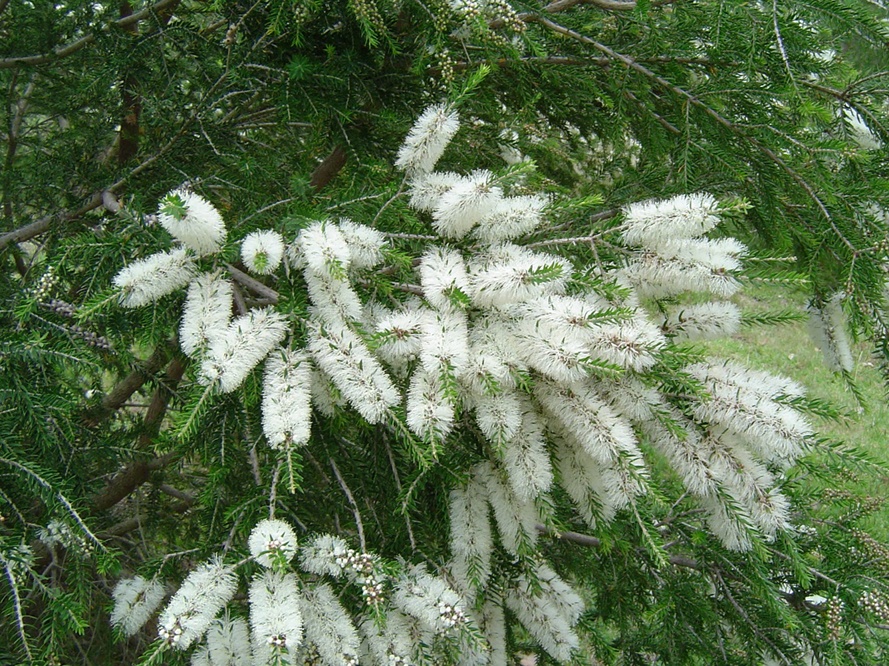
2. Vietnamese tea tree essential oil
According to the Standard for tea tree essential oil rich in terpinen-4-ol (ISO-4730:2017), the ratio of terpinen-4-ol is 35-48%, limonene is 0.5-1.5%, 1,8-cineole is <10%. High quality varieties are varieties with a high proportion of terpinen-4-ol and low proportions of limonene and 1,8-cineole.
2.1 Essential oil quality criteria
Appearance: Tea tree essential oil is a colorless to light yellow liquid. Characteristic camphoraceous aroma.
Solubility: Soluble in ethanol, insoluble in water.
Specific Gravity at 20oC: 0.885 – 0.906
Refractive index at 20oC: 1.460 – 1.472
Optical Rotation: +5o -> +12o
Identification test: Terpinen-4-ol >30%
2.2 Components
Tea tree oil is divided into 3 groups:
– Group 1 has low 1,8-cineole (3%) and high terpinen-4-ol (from 30%)
– Group 2 has average 1,8-cineole (30.3%) and average terpinen-4-ol (18%)
– Group 3 has high 1,8-cineole (64.1%) and low terpinen-4-ol (1.7%)
The main constituents in tea tree essential oil include terpinen-4-ol, α-terpineol, α-terpinene, α-Pinene, p-Cymene and 1,8-cineole.
In Vietnam, tea tree essential oil has the main ingredient terpinen-4-ol (from 35%)
2.3 Extraction method
The oil content calculated according to dried tea tree leaves is nearly 3%. According to testing by the Institute for Breeding Improvement and Forest Product Development, the essential oil content is highest in winter and autumn, so the harvest time will be from around December to February every year. Tea tree is harvested in the morning, branches are cut, 30-50cm from the base. Freshly harvested branches and leaves are then pruned before being put in to the cooking pot. Tea tree essential oil is produced by steam distillation.
After recovering into each production batch, essential oil samples of each batch are subjected to qualitative analysis using HP 6890 gas chromatography (GC/MS) method. Applying international standards ISO 4730: 2017 stipulates that Tea Tree essential oil contains a minimum of 30% terpinen-4-ol and a maximum of 15% Cineole. The essential oil has a characteristic odor, light yellow to transparent color.
Essential oils are packed into high-quality HDPE cans or drums for storage. Essential oil storage temperature is from 20 -30oC, avoid direct sunlight or heat sources, high risk of fire and explosion.
On average, one ton of tea tree leaves can extract 7kg of essential oil.
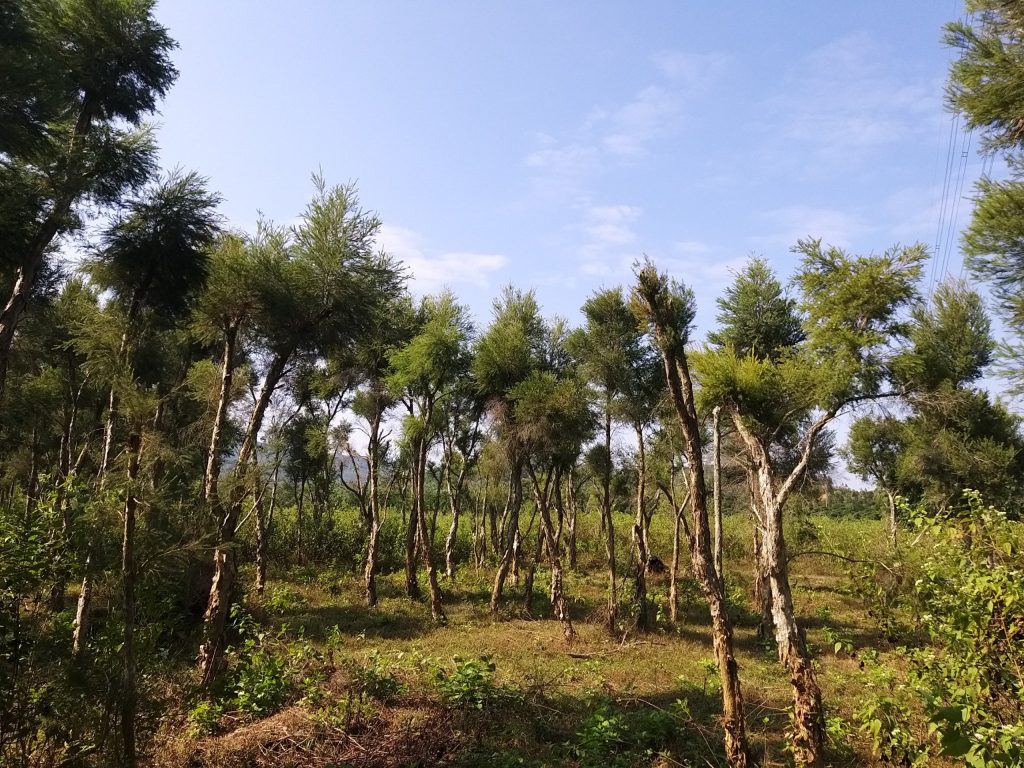
3. Applications of tea tree essential oil
3.1 Pharmaceuticals
α-Terpineol, is a substance with natural antibacterial effects, capable of preventing flu, colds or inhibiting skin viruses. In addition, people also use α-Terpineol to prepare some drugs that inhibit influenza such as H5N1.
Scientific reports show that Tea Tree essential oil has anti-Candida albicans, anti-fungal, and anti-oxidant effects. Because it has strong antibacterial and antifungal effects and does not harm the skin, Tea Tree essential oil is used to produce medicine to treat burns, wounds, and disinfect skin…
Tea Tree essential oil is a very effective medicine to treat common skin diseases such as: Acne, pimples, eczema; Skin infections such as herpes, wounds, warts, burns, insect bites and nail fungus, athlete’s foot, sweaty fee…
3.2 Cosmetics
The biological effects of tea tree essential oil are very diverse. In addition to being used as a multi-purpose medicinal herb, some tea tree essential oils also contain aromatic substances such as nerolidol, linalool, etc., so tea tree essential oil is also used as an ingredient in many cosmetics and bath oils, shampoos, mouthwashes, toothpastes, skin creams, etc.
In addition, Tea Tree essential oil is used directly to treat warts, skin pigmentation caused by fungi and used as many different medicinal herbs. Tea Tree essential oil also shows strong antiviral activity, especially on free viruses.
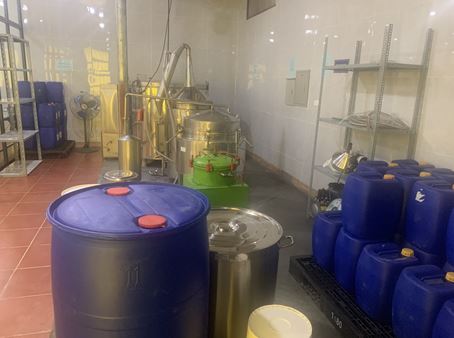
4. Tea tree essential oil produced at VIPSEN essential oil factory
VIPSEN is one of the leading researchers and producers of natural essential oils in Vietnam. Essential oil products are manufactured using advanced methods, achieving high quality with 100% natural ingredients, without additives or mixtures.
Vietnamese tea tree essential oil products are not inferior in quality thanks to the terpinen-4-ol content of 35% – 45%. Tea tree essential oil is produced by VIPSEN from selected raw materials, harvested in growing areas located in Long An province, Vietnam. The production process from planting, harvesting raw materials to producing and preserving finished products is always closely monitored by a team of experienced experts and technicians. VIPSEN’s tea tree essential oil products are not only popular in Vietnam but are also exported to many countries around the world.
For further information, please contact:
Phone number/Whatsapp/Zalo/Wechat: +84 868 855 086
Email: Export@Vipsen.vn
Address: D7-TT9, Forosa street, Xuan Phuong new urban area, Xuan Phuong, Nam Tu Liem, Hanoi, Vietnam
Oil factory address: Bai Dai, Tien Xuan, Thach That, Hanoi, Vietnam











